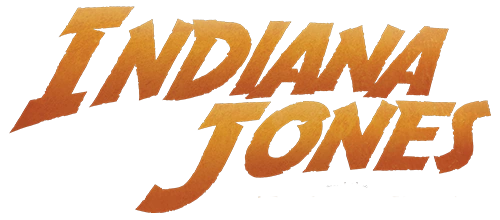The Man with the Big Stick is a four page article about real world history, as it connected to the adventures of Indiana Jones. Written by Kurt Busiek, it was published at the end of the issue #4 (the second half of British East Africa, September 1909 ) of The Young Indiana Jones Chronicles comic series in May 1992, accompanying the events of the comic.
It was intended to be printed in issue #3 (British East Africa, September 1909), but an error in publication led to the reprint of the previous article, Who Are Those Guys? A note of correction appeared in issue #4, which contained both this article and the article scheduled to be printed in issue #4, Birth of a Nation.
Summary[]
This article focuses on two aspects of the life of Theodore Roosevelt. First, it chronicles the political career of Theodore Roosevelt. Roosevelt started with his early forays into New York City politics as a reformer against "machine" politics, but after a defeat in the 1886 mayoral race, he fought corruption as a police commissioner was later appointed Assistant Secretary of the Navy under President McKinley. When the Spanish-American War started, he resigned and organized the Rough Riders, then returned to win the governorship of the state of New York. The political machines sought to get rid of him by having nominated as McKinley's vice-president.
After McKinley's assassination, President Roosevelt fought for reform and against the powerful industrial corporations. He also used US troops to support Panama's independence from Colombia, in order to keep the upcoming Panama Canal free from Colombian extortion. He broadened the scope of executive power in the United States, and after his successor, Taft weakened many of Roosevelt's reforms, Roosevelt left the Republican party and campaigned for his own Progressive or "Bull Moose" party in 1912. After Woodrow Wilson's victory, Roosevelt championed for military preparedness prior to the outbreak of World War I.
The article then explores Roosevelt's background as a champion of personal fitness and the outdoor life. Unhealthy as a boy, Roosevelt was determined to overcome his frailties, and took up boxing, wrestling, and horseback riding. Even as a child, he was interested in the outdoors, and studied taxidermy, ornithology, and hunting. Even as governor and president, he continued to exercise and advocated for healthy outdoor lifestyles. He also championed the preservation of the outdoors, especially in the American West, with the expansion of the US Forest Service, and creation of many national parks and wildlife refuges, and the basis of the environmental movement. As a big game hunter, he frequently headed for the wilderness. After his second term as president, he went to Africa on safari, not only for the challenge of big game hunting, but also to collect specimens for the Smithsonian Institution and to write articles for Scribner's Magazine. His expedition collected over 11,000 specimens, and he commended the naturalists and taxidermists for doing the more difficult work of preserving the specimens. While he had advocated for a trusteeship of nature, he didn't always practice what he preached when it came to his zeal for big-game hunting, sometimes killing in excess. Overall, Roosevelt lived a complex life full of accomplishment, and his legacy still impacts the present.
Appearances[]
Characters[]
- Gordon Cumming
- H. Rider Haggard
- Cornwallis Harris
- Benjamin Harrison
- Indiana Jones
- David Livingston
- William McKinley
- William Cotton Oswell
- Alan Quatermain
- Theodore Roosevelt
- Frederick Selous
- Cecil Spring-Rice
- William Howard Taft
- Woodrow Wilson
Locations[]
- Brazil
- British East Africa
- Colombia
- Cuba
- San Juan Hill
- Egypt
- Japan
- Panama
- Panama Canal
- Russia
- United States of America
- Dakota Territory
- Harvard University
- New York City
- Washington DC
- Smithsonian Museum
- White House
Animals[]
Miscellanea[]
- New York City Police
- Spanish-American War
- Nobel Peace Prize
- U.S. Army
- Russo-Japanese War
- World War I
- Naval History of the War of 1812
